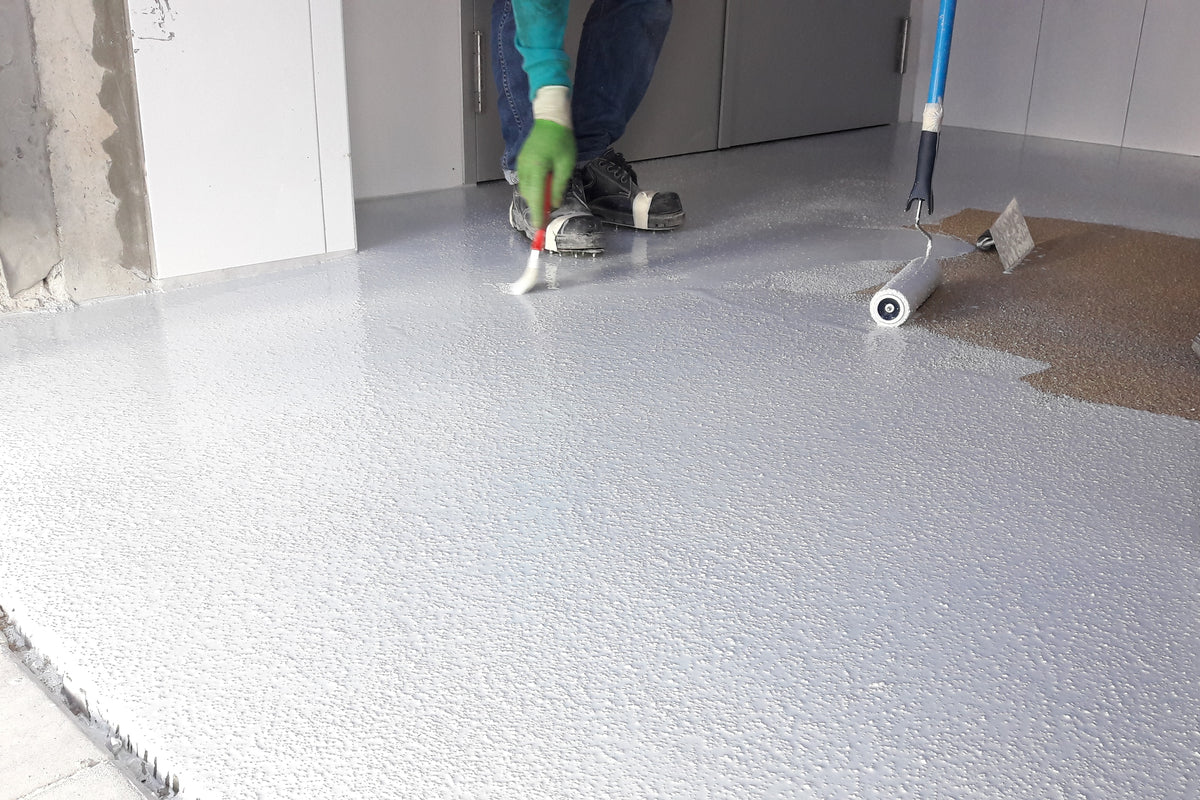

Articles
How To Epoxy A Basement Floor
Modified: January 5, 2024
Learn the step-by-step process of epoxying a basement floor with this comprehensive guide. Find helpful articles and tips to achieve a durable and attractive finish.
(Many of the links in this article redirect to a specific reviewed product. Your purchase of these products through affiliate links helps to generate commission for Storables.com, at no extra cost. Learn more)
Introduction
Epoxy flooring is a popular choice for basements due to its durability, resistance to moisture, and ability to transform a dull and drab space into a visually stunning one. Whether you want to create a functional workshop, a cozy entertainment area, or a sleek home gym, epoxy flooring can provide the perfect solution.
In this article, we will guide you through the step-by-step process of epoxying a basement floor. From initial preparation to the final touch, you’ll learn everything you need to know to achieve a professional-grade epoxy finish.
But first, let’s understand the basics. Epoxy is a two-part chemical compound consisting of resin and hardener. When mixed together, they undergo a chemical reaction that results in a strong and durable material. Epoxy coatings are commonly used in industrial and commercial settings due to their resistance to chemicals, abrasion, and moisture. However, in recent years, epoxy has gained popularity in residential applications as well.
Now that you have a basic understanding of epoxy, it’s time to dive into the step-by-step process of epoxying your basement floor. Keep in mind that the specific details may vary depending on the type of epoxy system you choose and the condition of your basement floor. However, the general principles remain the same.
Key Takeaways:
- Transform your basement with epoxy flooring for a durable, moisture-resistant, and visually stunning space. Proper preparation, meticulous application, and optional decorative flakes create a long-lasting, personalized finish.
- Achieve a professional-grade epoxy finish by following step-by-step guidelines. From surface preparation to top coat application, attention to detail and proper care ensure a beautiful, functional, and long-lasting basement floor.
Read more: How To Epoxy Floor Basement
Step 1: Prepare the Basement Floor
Before you can start epoxying your basement floor, it’s crucial to properly prepare the surface. This step ensures proper adhesion of the epoxy coating and helps achieve a flawless finish. Here’s what you need to do:
- Clear the Space: Remove any furniture, appliances, or any other items from the basement floor. This will give you a clean and empty space to work with.
- Clean the Floor: Thoroughly sweep or vacuum the entire basement floor to remove all dust, dirt, and debris. It’s essential to have a clean surface to allow the epoxy to adhere properly.
- Inspect for Moisture: Basements are prone to moisture issues, so it’s crucial to check for any signs of water infiltration. Look for damp areas, water stains, or condensation on the floor. If moisture is present, take steps to address the issue before proceeding with the epoxy application.
- Check for Cracks or Holes: Examine the floor for any cracks, holes, or other damage. These need to be repaired before applying the epoxy coating. Small cracks can be filled with epoxy crack filler, while larger cracks and holes may require more extensive repairs.
Properly preparing the basement floor sets the foundation for a successful epoxy application. By taking the time to clear the space, clean the floor, address moisture issues, and repair any damage, you can ensure optimal results for your epoxy project.
Step 2: Clean the Floor
Once you have cleared the space and inspected the floor for any moisture or damage, it’s time to thoroughly clean the basement floor. Cleaning is a crucial step in the epoxy process to ensure the best possible adhesion and a flawless finish. Here’s how to clean the floor:
- Sweep or Vacuum: Begin by removing loose dirt, dust, and debris from the floor using a broom or vacuum cleaner. Pay special attention to corners and edges where debris tends to accumulate.
- Scrub the Floor: After sweeping or vacuuming, use a floor scrub brush or a machine scrubber to deep clean the floor. You can use a mild detergent or a specialized concrete cleaner mixed with water. Follow the manufacturer’s instructions for the cleaning agent and dilution ratios.
- Rinse the Floor: Once you have scrubbed the floor, rinse it thoroughly with clean water. This will remove any residue from the cleaning solution and ensure a clean surface for the epoxy coating.
- Dry the Floor: After rinsing, allow the floor to dry completely. This may take a few hours or even a full day, depending on the humidity levels and ventilation in your basement. Ensure that the floor is completely dry before proceeding to the next step.
Remember, cleanliness is key when it comes to preparing the floor for epoxy application. Any dust, dirt, or contaminants left on the surface can interfere with the bond between the epoxy and the concrete, leading to a compromised finish. Taking the time to clean and dry the floor properly will set the stage for a successful epoxying process and a long-lasting, beautiful basement floor.
Step 3: Patch Any Cracks or Holes
Before applying the epoxy coating, it’s essential to patch any cracks or holes in the basement floor. This step ensures a smooth and even surface, preventing the epoxy from seeping into any gaps and creating an uneven finish. Here’s how to patch cracks or holes:
- Clean the Cracks or Holes: Use a wire brush or a vacuum cleaner to remove any loose debris or dust from the cracks or holes. This ensures better adhesion of the patching material.
- Fill Small Cracks: For small cracks (less than ⅛ inch wide), you can use an epoxy crack filler or a concrete patching compound. Apply the filler into the crack using a putty knife, making sure to completely fill the void. Smooth out the surface with the putty knife and scrape off any excess filler.
- Repair Larger Cracks or Holes: For larger cracks or holes, it’s often necessary to use a more robust repair material, such as an epoxy mortar. Follow the manufacturer’s instructions to mix the epoxy mortar and apply it to the crack or hole. Use a trowel to spread the mortar evenly and ensure a level surface. Smooth out the surface with a putty knife, and remove any excess material.
- Allow for Drying Time: Depending on the patching material, you may need to allow for drying or curing time before moving on to the next step. Follow the manufacturer’s instructions for the recommended drying time.
By patching any cracks or holes in the basement floor, you ensure a solid and even surface for the epoxy coating. This step is especially important if your floor has significant damage or if you want to achieve a flawless finish. Taking the time to properly repair and patch the floor will result in a beautiful and long-lasting epoxy floor in your basement.
Step 4: Etch the Surface
Etching the surface of the basement floor is a crucial step in preparing it for epoxy application. Etching helps to open up the pores of the concrete, creating a rougher texture that allows the epoxy to adhere better. Here’s how to etch the surface:
- Gather Safety Equipment: Before starting the etching process, make sure to wear protective gear, including gloves, safety goggles, and a respirator. Etching chemicals can be corrosive, so it’s important to take proper precautions.
- Mix the Etching Solution: Purchase a concrete etching solution from a local home improvement store or follow the manufacturer’s recommendations for creating your own etching solution. Typically, a mixture of water and muriatic acid is used for etching. Make sure to follow the instructions carefully when preparing the solution.
- Apply the Etching Solution: Using a watering can or a garden sprayer, evenly apply the etching solution to the entire basement floor. Work in small sections to ensure thorough coverage. Use a scrub brush or a broom to scrub the solution into the concrete as you go. This helps to loosen any contaminants and further open up the pores.
- Allow for Dwell Time: After applying the etching solution, allow it to sit on the floor for the recommended dwell time. This is typically around 15-20 minutes but may vary depending on the specific product you are using. During this time, the solution works to chemically react with the concrete and prepare the surface for the epoxy coating.
- Rinse the Floor: Once the dwell time is complete, thoroughly rinse the floor with clean water. Use a hose or a mop to remove any residue from the etching solution. Make sure to rinse the floor multiple times to ensure all traces of the solution are removed.
- Dry the Floor: After rinsing, allow the floor to dry completely. Ensure that no moisture or standing water remains on the surface before proceeding to the next steps of the epoxy application.
Etching the surface of the basement floor is a crucial step in promoting proper adhesion of the epoxy coating. By following these steps and taking the time to etch the floor, you can enhance the longevity and durability of your epoxy floor, ensuring a stunning finish that will last for years to come.
Step 5: Apply the Epoxy Primer
Applying an epoxy primer to the basement floor is an important step in the epoxying process. The primer creates a bond between the concrete surface and the epoxy coating, helping to improve adhesion and durability. Here’s how to apply the epoxy primer:
- Prepare the Primer: Before starting, carefully follow the manufacturer’s instructions to prepare the epoxy primer. This may involve mixing multiple components or adding a catalyst. Ensure that the primer is thoroughly mixed for optimal results.
- Start at the Edges: Begin by applying the primer to the edges of the basement floor using a brush or a small roller. Coat the perimeter of the floor where the walls meet the floor, ensuring even coverage.
- Work in Sections: Divide the floor into manageable sections and pour a small amount of primer onto the floor. Use a roller or a squeegee to spread the primer evenly, working it into the concrete. Apply the primer in thin, even coats, moving in a back-and-forth motion.
- Continue the Application: Repeat the process, working your way across the floor, section by section. Overlap each pass slightly to ensure complete coverage. Pay attention to maintaining a consistent thickness of the primer coat throughout.
- Allow for Drying Time: Once you have applied the primer to the entire basement floor, allow it to dry according to the manufacturer’s instructions. This typically ranges from a few hours to overnight. Ensure that the primer is completely dry before proceeding to the next step.
Applying the epoxy primer provides a solid foundation for the subsequent layers of epoxy coating. It helps to create a strong bond between the concrete and the epoxy, ensuring a more durable and long-lasting finish. By following these steps, you can set the stage for a successful epoxying process and a beautifully coated basement floor.
Before applying epoxy to a basement floor, make sure the surface is clean and free of any moisture or oil. Use a concrete etching solution to prepare the surface for better adhesion.
Step 6: Mix the Epoxy Coating
Mixing the epoxy coating properly is crucial to achieve a high-quality finish on your basement floor. The epoxy coating consists of two components – resin and hardener – that need to be mixed together in the correct ratio. Here’s how to mix the epoxy coating:
- Read the Instructions: Start by carefully reading and understanding the manufacturer’s instructions for the epoxy coating product you are using. Different epoxy brands may have specific mixing ratios and instructions, so it’s important to follow them precisely.
- Prep the Mixing Container: Use a clean and sturdy mixing container that is large enough to hold the epoxy mixture. Avoid using plastic containers, as they may react with the epoxy. A metal or glass container is ideal.
- Measure the Components: Using precise measurements, pour the specified amount of epoxy resin and hardener into the mixing container. Be sure to use the correct ratio as indicated in the manufacturer’s instructions. It’s crucial to measure accurately to ensure the epoxy cures properly.
- Mix Thoroughly: Once the components are in the mixing container, use a stir stick or a drill with a paddle attachment to mix them together. Start slowly to avoid splashing, then increase the speed to ensure thorough blending. Continue mixing until the resin and hardener are completely combined and you have a consistent color and texture.
- Scrape the Sides: As you mix, scrape the sides and bottom of the container to incorporate any unmixed epoxy that may be clinging to the edges. This helps ensure a homogeneous mixture.
- Check for Bubbles: After mixing, check the epoxy mixture for any bubbles. You can use a heat gun or a propane torch to gently pass over the surface to remove the bubbles. Be careful not to overheat or burn the epoxy.
Properly mixing the epoxy coating is vital for achieving a smooth and consistent application. Take the time to follow the manufacturer’s instructions and ensure the resin and hardener are thoroughly blended. This diligent preparation will contribute to a successful epoxying process and a stunning basement floor.
Step 7: Apply the Epoxy Coating
Now that you have prepared the epoxy mixture, it’s time to apply it to the basement floor. This step requires careful attention to detail to ensure a smooth, even, and professional-looking finish. Here’s how to apply the epoxy coating:
- Prime the Floor: Before applying the epoxy coating, you should first apply a thin coat of epoxy primer. This helps create a strong bond between the concrete and the epoxy coating.
- Pour the Epoxy Mixture: Start by pouring the mixed epoxy coating onto the prepared floor in small sections. Use a roller or a squeegee to spread the epoxy in a thin, even layer. Work in a back-and-forth motion to ensure complete coverage.
- Work in Manageable Sections: Divide the floor into manageable sections to make the application process more manageable. This way, you can focus on applying the epoxy smoothly and evenly without rushing.
- Use a Notched Squeegee: To ensure an even distribution of the epoxy, you can use a notched squeegee to spread the mixture. This helps to create consistent thickness and eliminates any excess epoxy from pooling in certain areas.
- Use a Roller for Edges: Use a brush or a small roller to carefully apply the epoxy mixture to the edges and corners of the floor where the squeegee may not reach. This ensures complete coverage and a seamless transition between the floor and the walls.
- Work in Well-Ventilated Area: Proper ventilation is essential when applying epoxy coating. Make sure to open windows, doors, or use fans to promote air circulation during the process. This helps to dissipate any fumes and aids in the drying process.
- Allow for Drying Time: After applying the epoxy coating, allow it to dry according to the manufacturer’s instructions. This may take several hours or even a full day, depending on the specific product used. Avoid walking on the freshly coated floor until it is completely dry.
By following these steps and taking your time to apply the epoxy coating evenly and carefully, you can achieve a beautiful and long-lasting result for your basement floor. Consistency and attention to detail are key in this step, so take your time and enjoy the transformation of your space.
Step 8: Add Decorative Flakes (Optional)
If you want to enhance the appearance of your epoxy-coated basement floor, you can add decorative flakes or chips. These flakes not only add a touch of visual interest but also provide texture and extra durability to the surface. Here’s how to add decorative flakes to your epoxy floor:
- Prepare the Epoxy Base Coat: Before adding the flakes, ensure that the epoxy base coat is still sticky or tacky. This is the ideal condition for the flakes to adhere properly to the surface.
- Choose the Right Flakes: Select the decorative flakes or chips that you prefer for your floor. There are various color and size options available, allowing you to achieve the desired look for your basement space.
- Begin Sprinkling the Flakes: Start sprinkling the decorative flakes onto the epoxy base coat by hand or using a shaker. Be generous with the flakes to achieve a full and evenly distributed effect. Make sure to work in small sections, so the flakes have ample time to adhere to the epoxy before moving on.
- Distribute Evenly: Use a roller or a squeegee to gently roll or press the flakes into the epoxy. This ensures that they are securely embedded in the coating and helps to create a smooth and uniform surface.
- Allow for Settling Time: After applying the flakes, allow them to settle for the recommended amount of time specified by the manufacturer. This typically ranges from 24 to 48 hours, during which the flakes bond to the epoxy base coat.
- Remove Excess Flakes: Once the settling time is complete, sweep or vacuum the floor to remove any loose flakes that did not adhere to the epoxy. This ensures a clean and finished appearance.
- Apply Top Coat: After removing excess flakes, apply a clear top coat of epoxy to seal and protect the decorative flakes. This top coat provides an additional layer of durability and helps to create a glossy and polished finish.
- Allow for Final Drying Time: Finally, allow the top coat to dry completely according to the manufacturer’s instructions before subjecting the floor to regular use. This typically takes around 24 to 48 hours, but it’s essential to follow the specific guidelines for your epoxy product.
Adding decorative flakes to your epoxy-coated basement floor is an optional step that can significantly enhance the overall aesthetic appeal. The flakes add depth, texture, and visual interest to the floor, making it truly unique. Follow these steps carefully to achieve a stunning and personalized finish for your basement floor.
Read more: How To Epoxy A Floor
Step 9: Apply the Top Coat
The final step in epoxying your basement floor is to apply a top coat. The top coat provides an extra layer of protection, durability, and a glossy finish to your epoxy floor. Here’s how to apply the top coat:
- Prepare the Top Coat: Read the manufacturer’s instructions carefully and prepare the top coat epoxy mixture according to the recommended ratios and instructions. Make sure to mix the components thoroughly for optimal results.
- Start at the Edges: Begin by applying the top coat to the edges of the floor using a brush or a small roller. This ensures even coverage and allows for a seamless transition between the floor and the walls.
- Work in Sections: Divide the floor into manageable sections to make the application process more organized. Pour a small amount of top coat epoxy onto the floor and spread it out using a roller or a squeegee. Work in a back-and-forth motion to achieve an even and consistent application.
- Eliminate Bubbles: After applying the top coat, carefully check for any bubbles that may have formed. If you spot any, gently run a heat gun or a propane torch over the surface to eliminate the bubbles. Be cautious not to overheat or damage the epoxy.
- Overlap Strokes: As you apply the top coat, make sure to overlap your strokes slightly to ensure complete coverage and a uniform finish. This helps to avoid missed spots and ensures a smooth, seamless surface.
- Allow for Drying Time: Once you have applied the top coat, allow it to dry according to the manufacturer’s instructions. This typically takes 24 to 48 hours, but it’s crucial to follow the specific guidelines for your epoxy product. Avoid walking on the floor until it is completely dry and cured.
Applying the top coat is the final step in the epoxying process, and it provides a protective and aesthetically pleasing finish to your basement floor. By following these steps and taking your time to apply the top coat evenly and carefully, you can achieve a stunning and durable epoxy-coated floor that will last for years to come.
Conclusion
Congratulations! You have successfully gone through the step-by-step process of epoxying your basement floor. By following these guidelines, you have transformed your dull and uninspiring basement into a beautiful and functional space. Epoxy flooring offers a wide range of benefits, including durability, moisture resistance, and an attractive appearance.
Throughout this journey, you have learned the importance of proper preparation, including clearing the space, cleaning the floor thoroughly, addressing any cracks or holes, and etching the surface. These crucial steps ensure optimal adhesion and a flawless finish.
Furthermore, you discovered how to mix and apply the epoxy coating, paying attention to details such as working in sections, using the appropriate tools, and allowing for proper drying time. Adding decorative flakes to your epoxy floor is an optional but delightful step that enhances the overall appeal and personalizes your space.
Lastly, you applied a top coat to provide an added layer of protection and achieve a glossy finish. Now, you can confidently enjoy your newly transformed basement floor, whether you use it for storage, entertainment, or as a functional living space.
Remember, maintaining your epoxy floor is essential for its long-term durability and appearance. Regular sweeping and mopping with mild detergents will keep it looking pristine. Avoid using harsh chemicals or abrasive cleaners that can damage the epoxy coating.
With proper care and maintenance, your epoxy basement floor will continue to impress for years to come. So, go ahead and make the most of your newly transformed space, knowing that your epoxy floor is not only visually appealing but also built to last.
Frequently Asked Questions about How To Epoxy A Basement Floor
Was this page helpful?
At Storables.com, we guarantee accurate and reliable information. Our content, validated by Expert Board Contributors, is crafted following stringent Editorial Policies. We're committed to providing you with well-researched, expert-backed insights for all your informational needs.
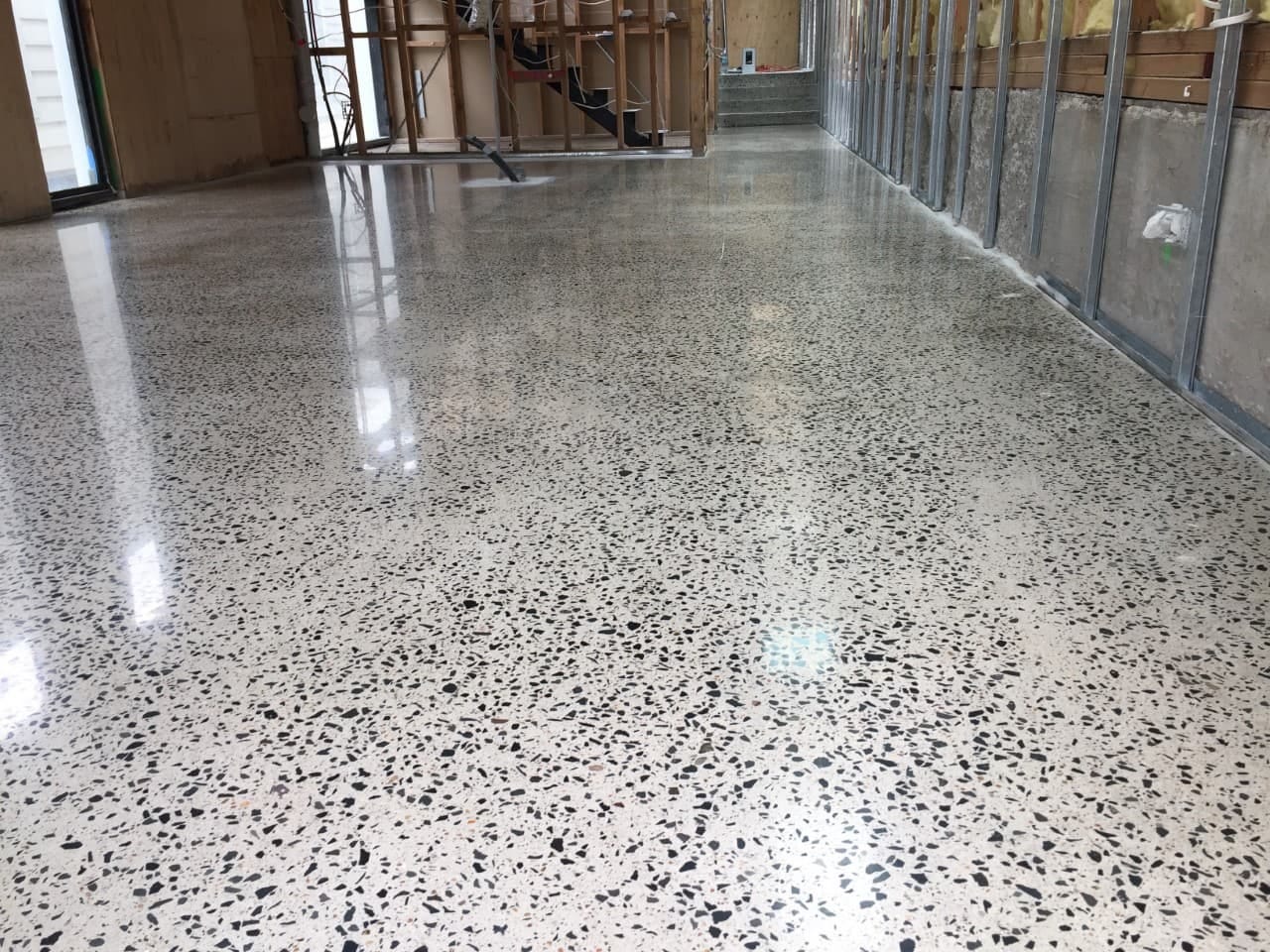
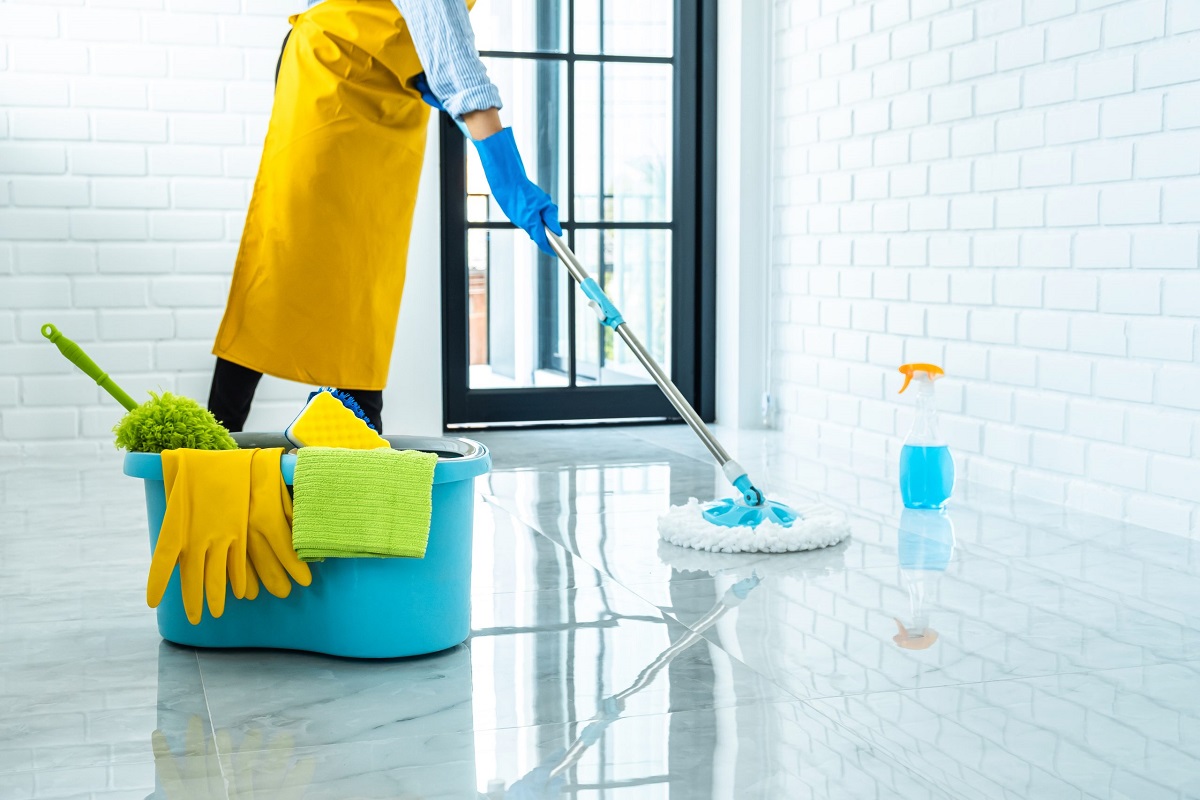
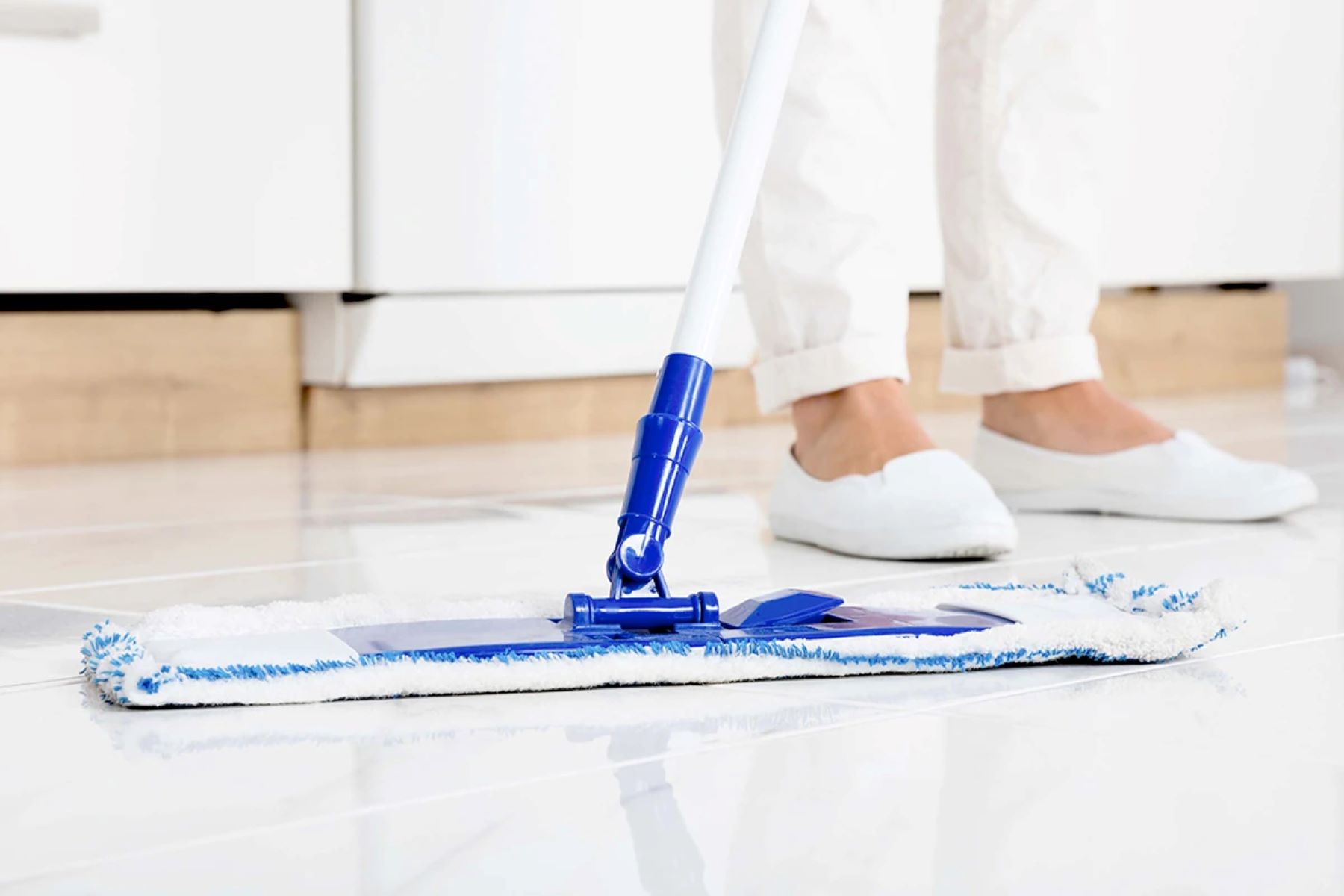
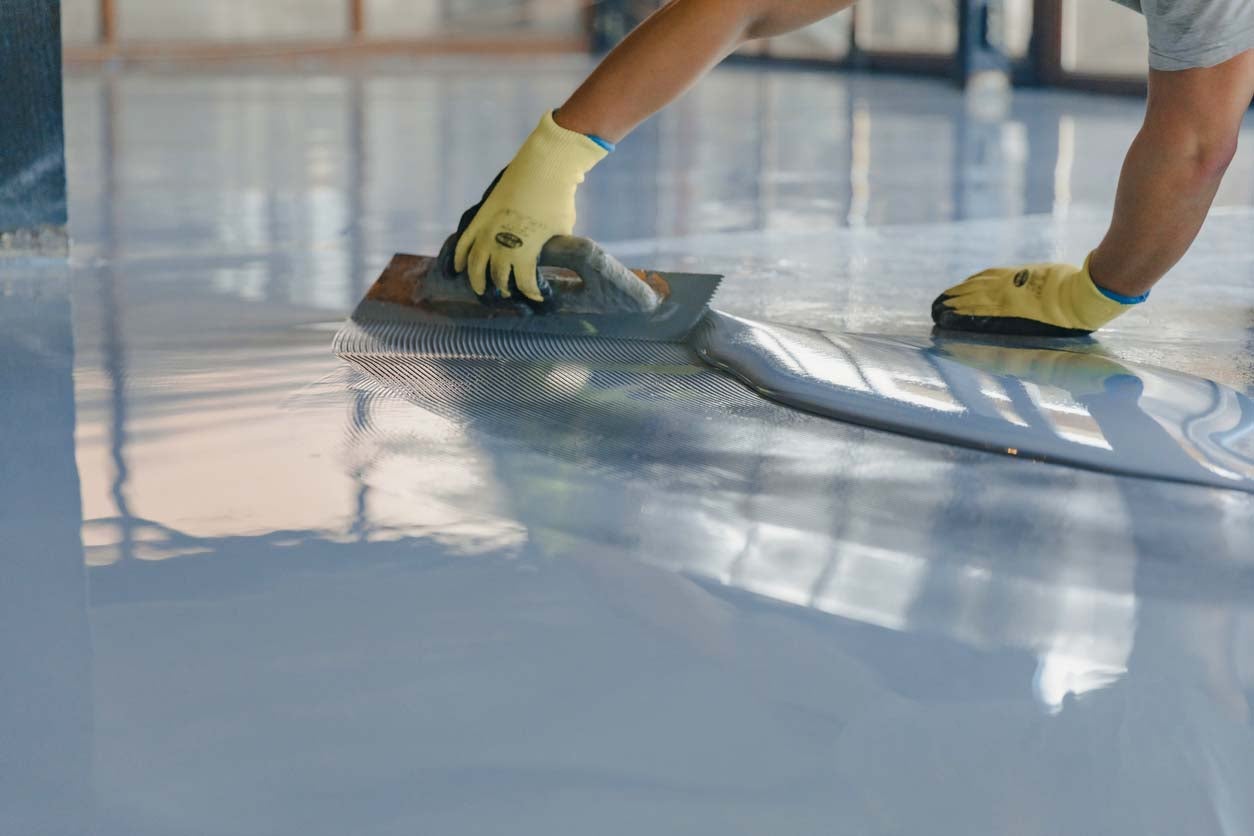
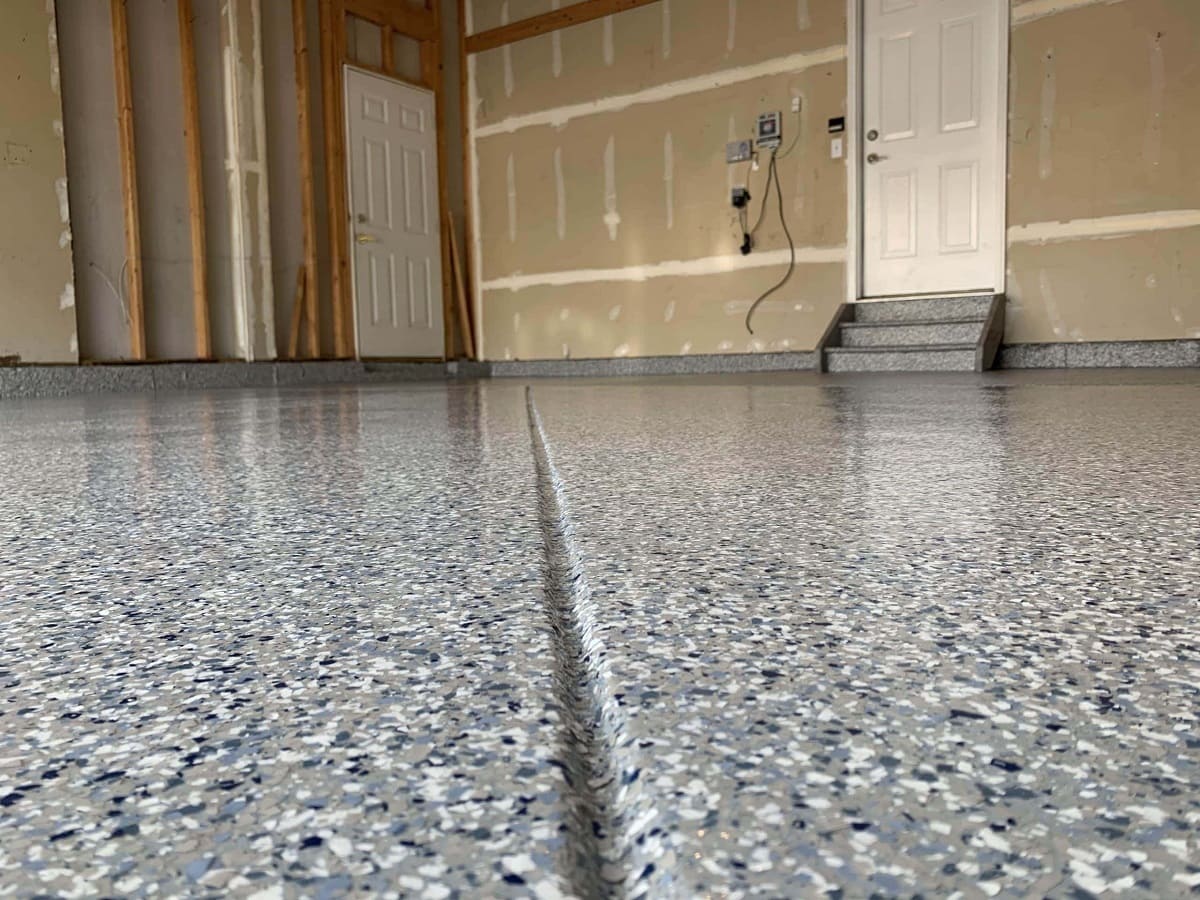
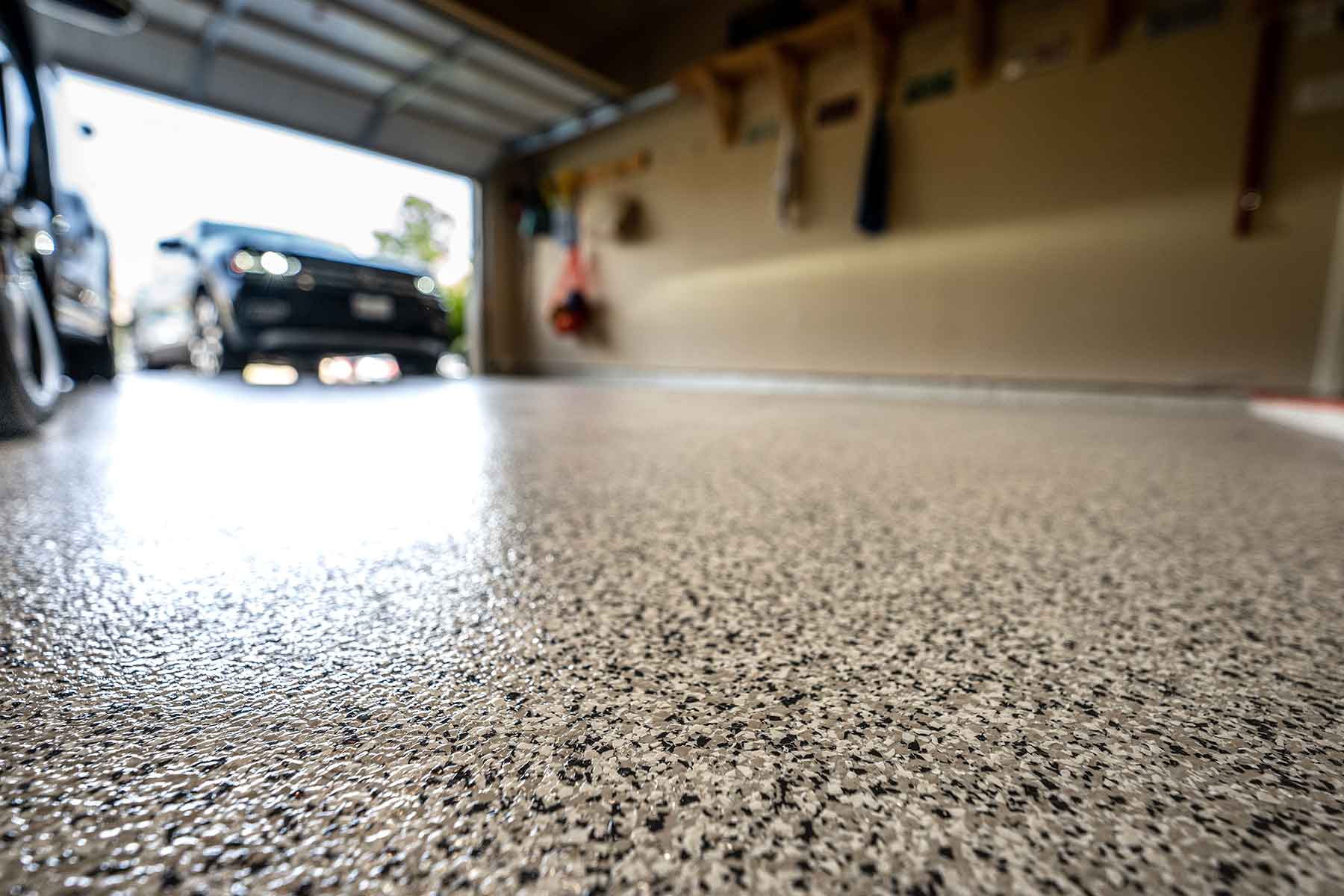
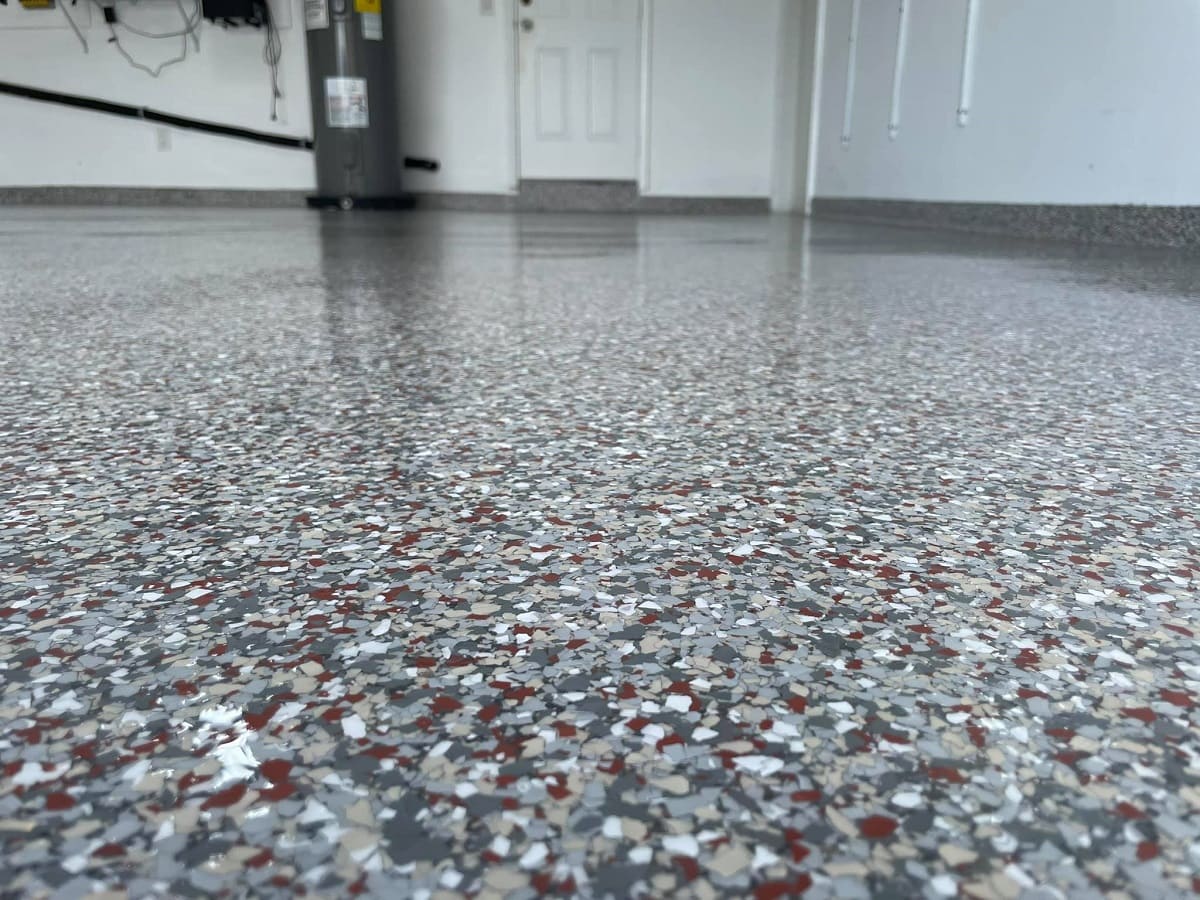
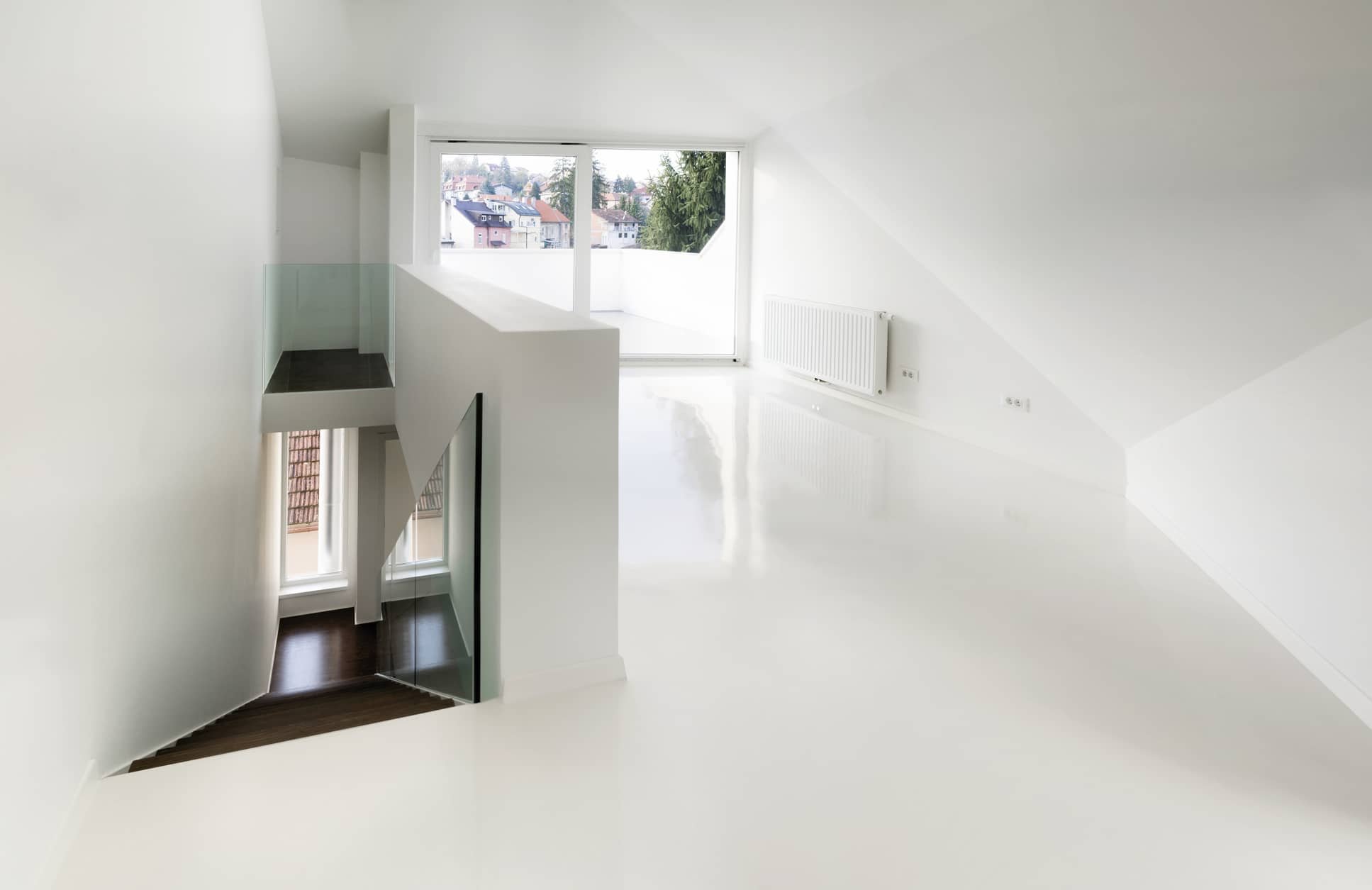
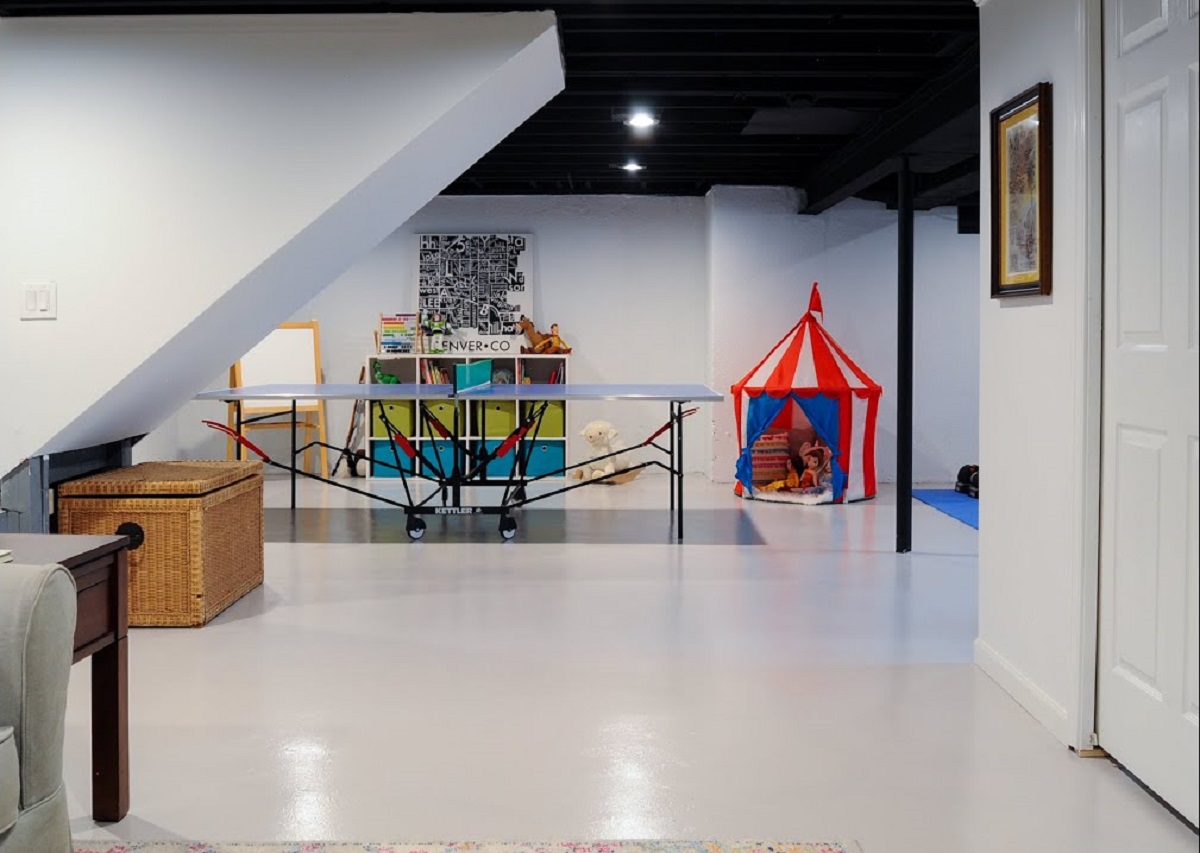
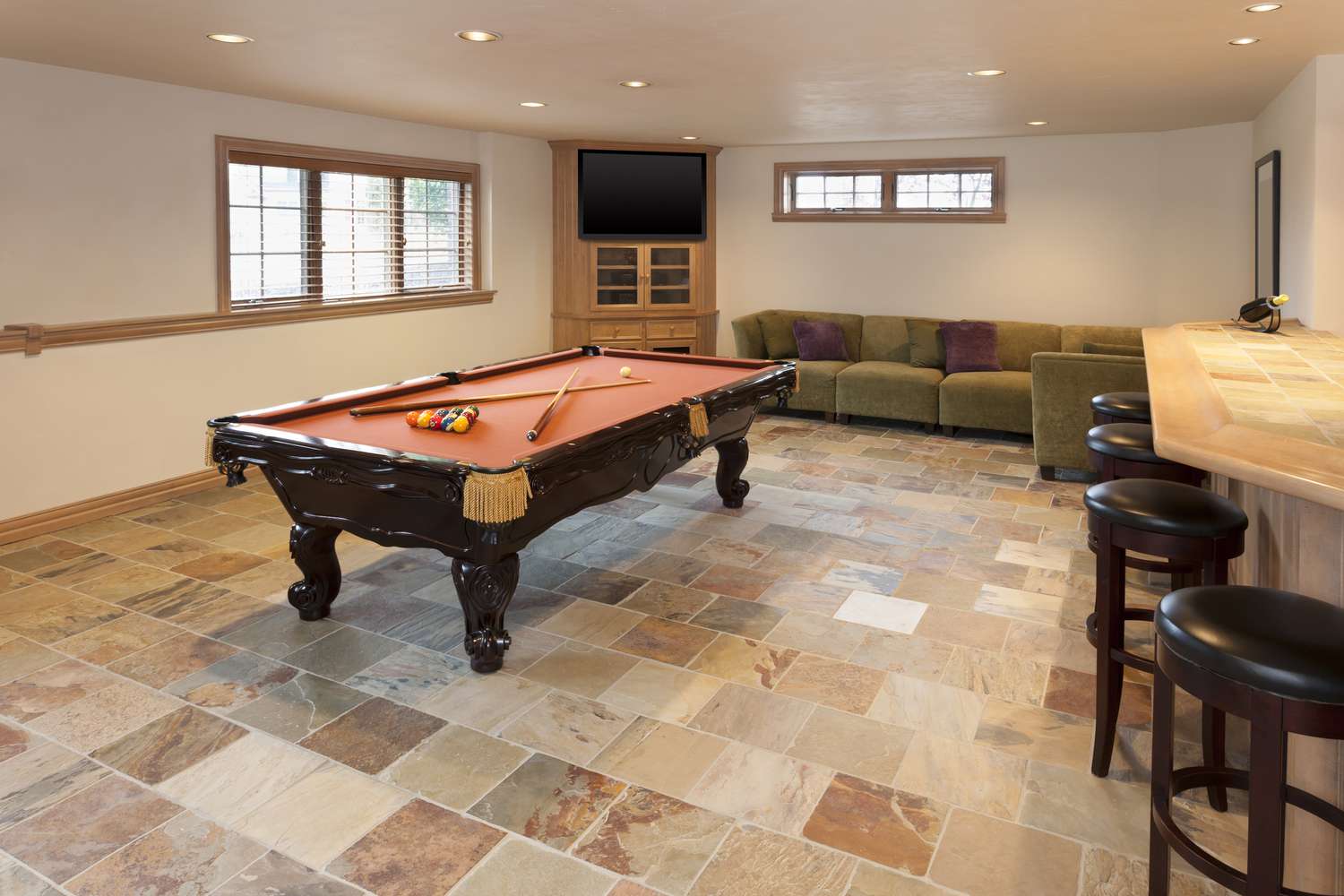
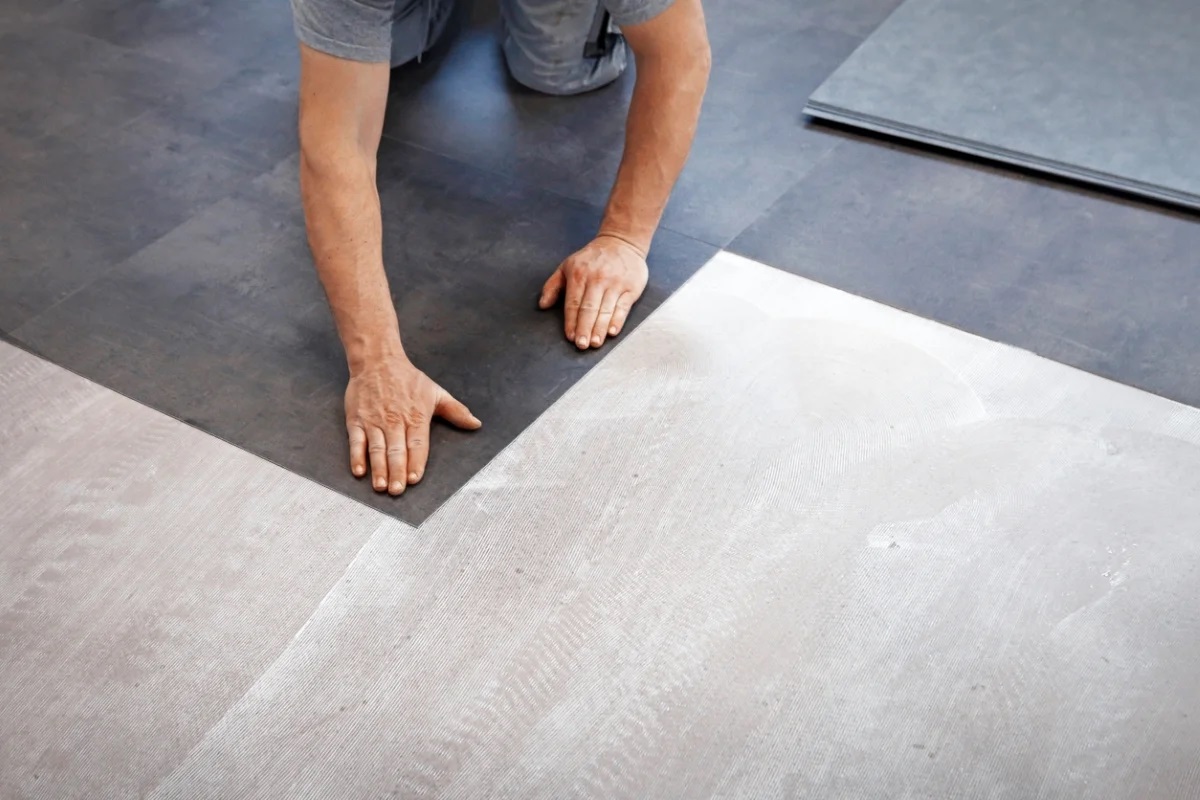
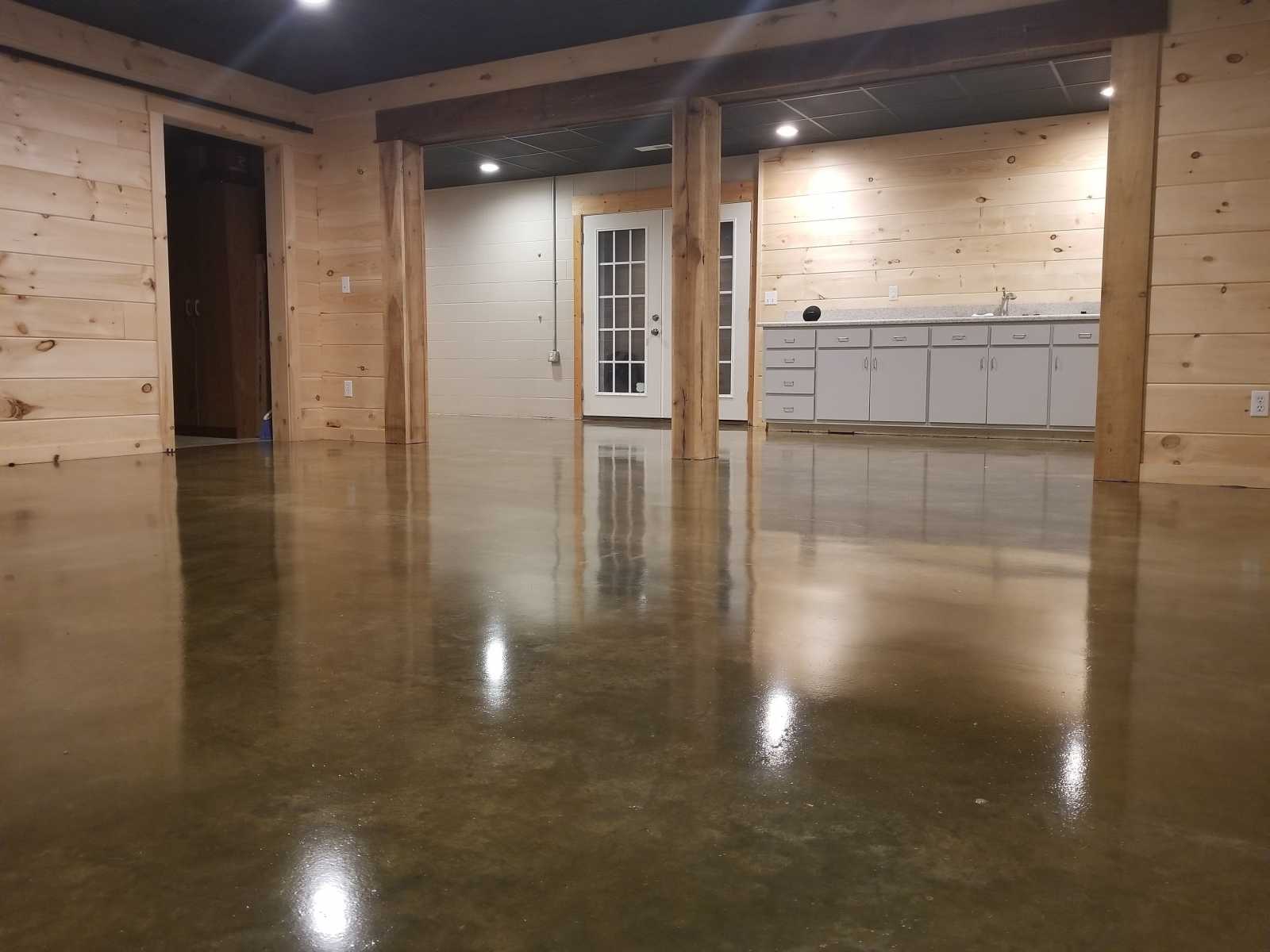
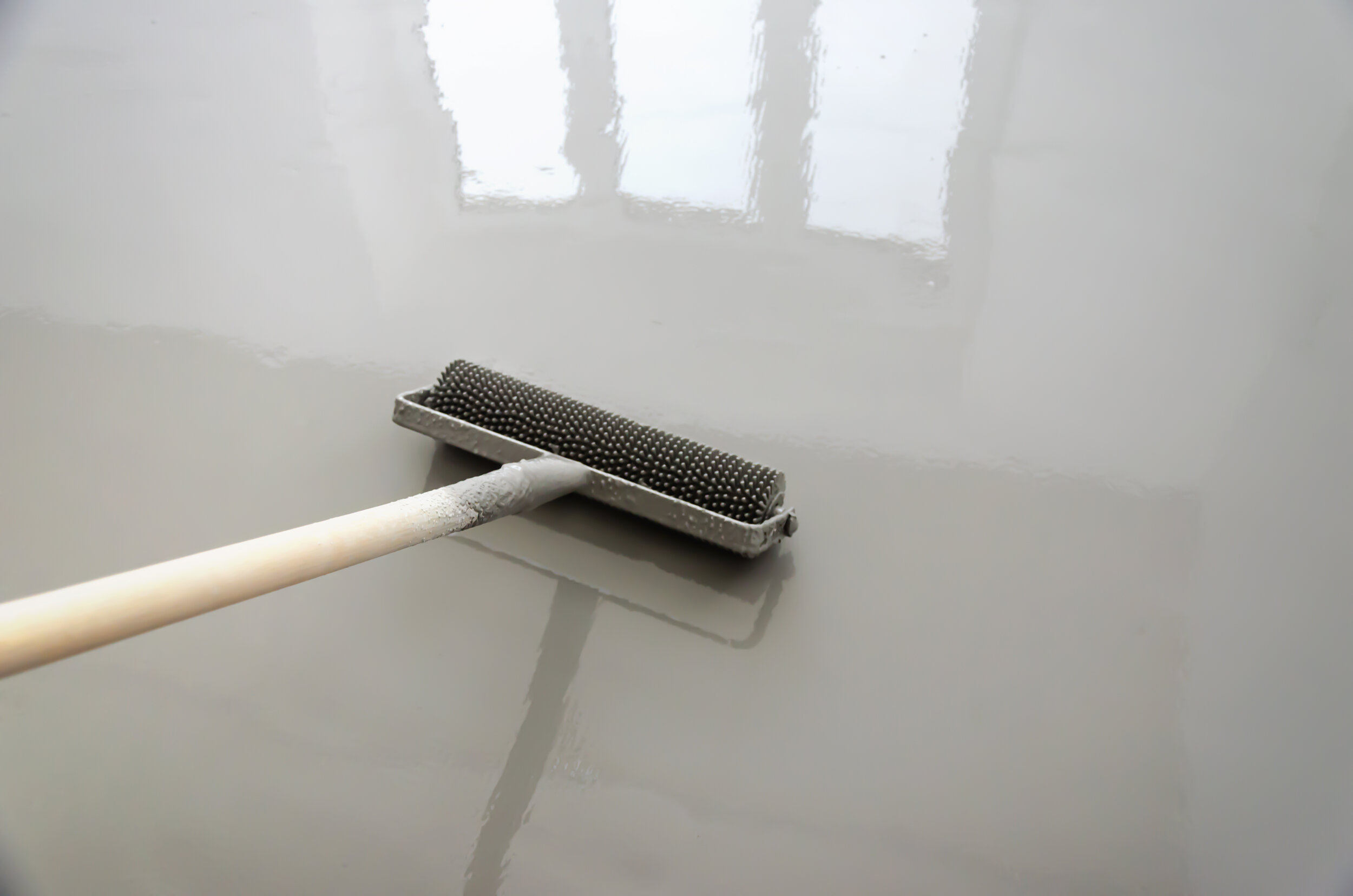

0 thoughts on “How To Epoxy A Basement Floor”